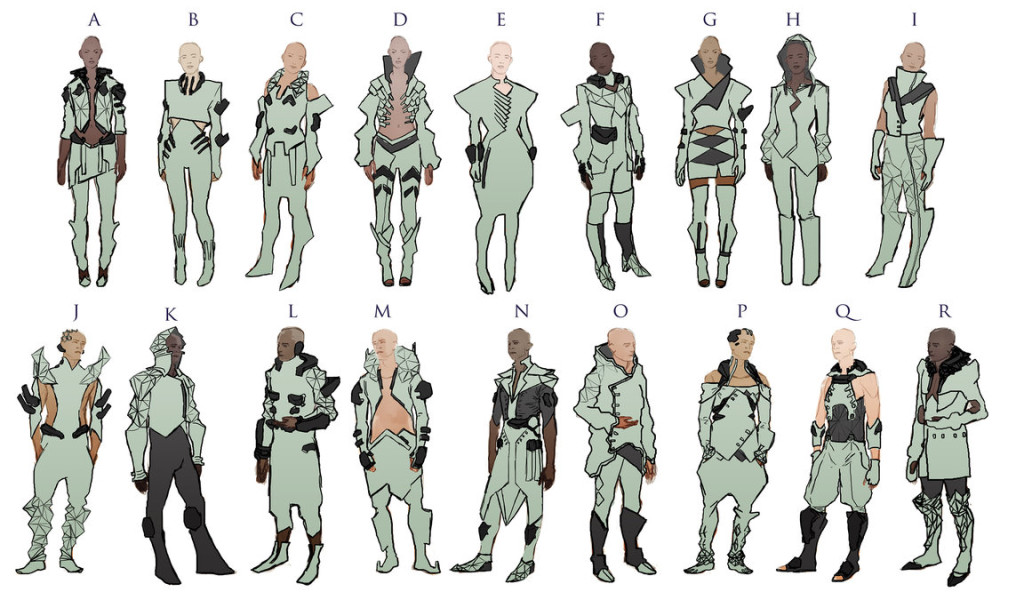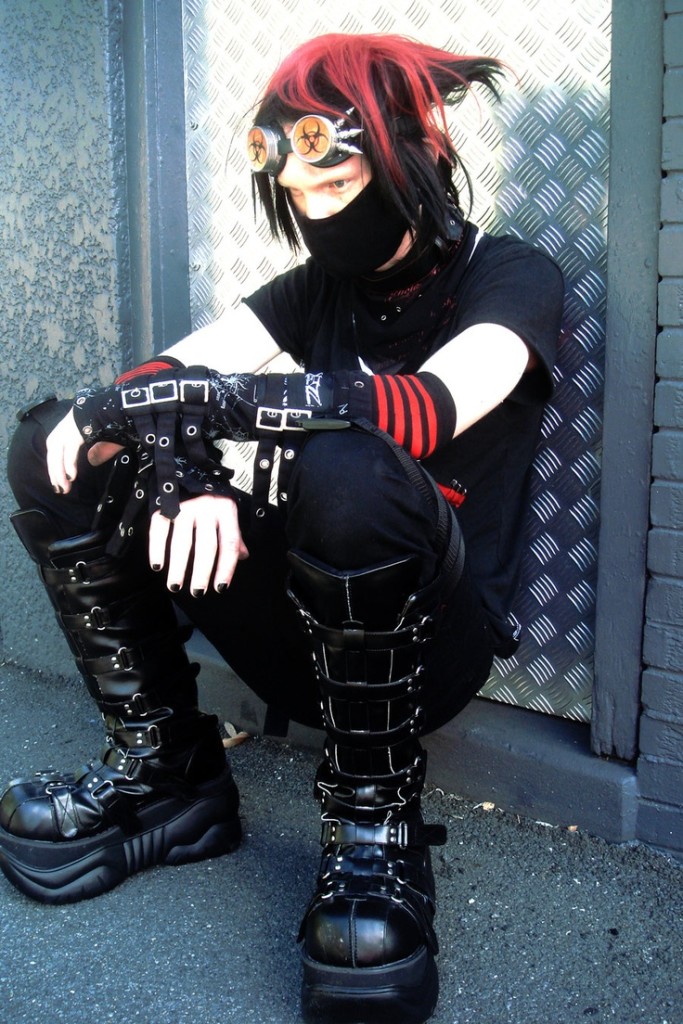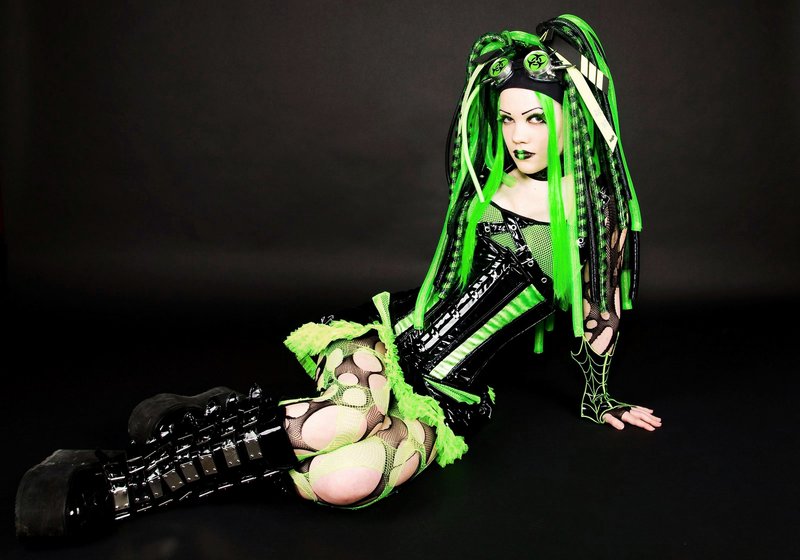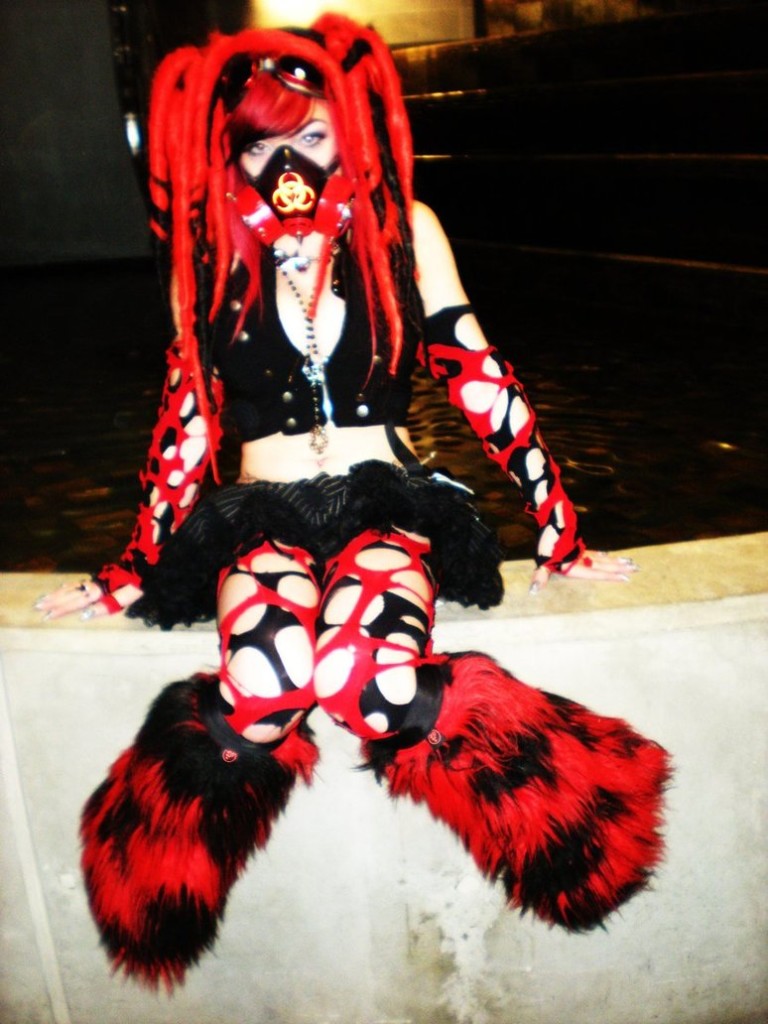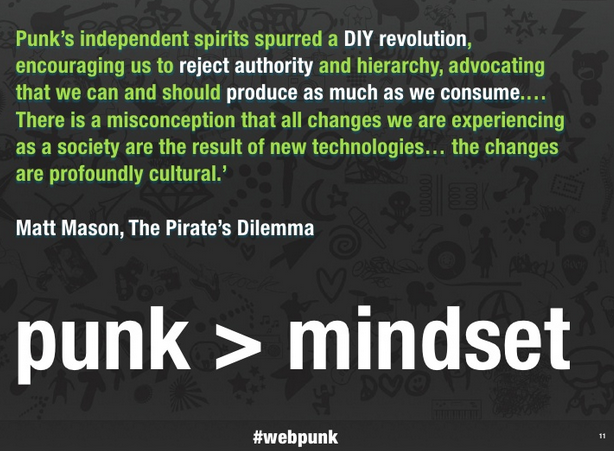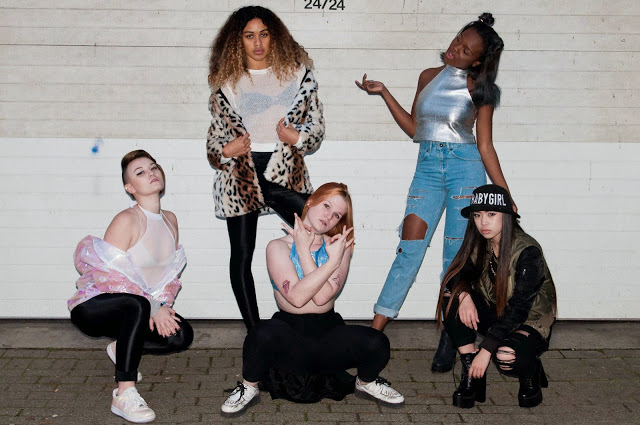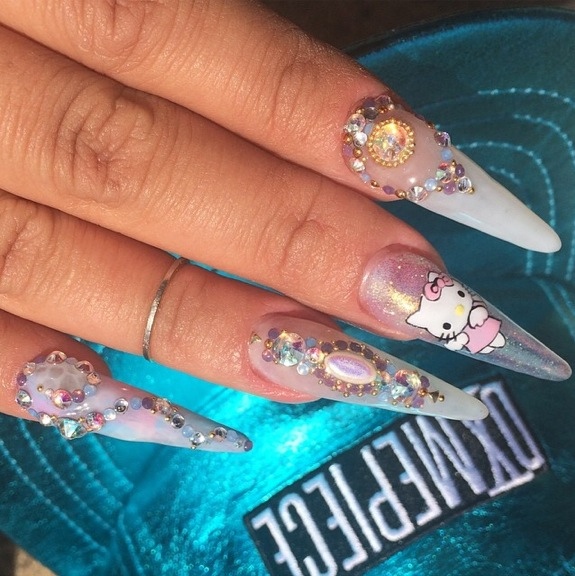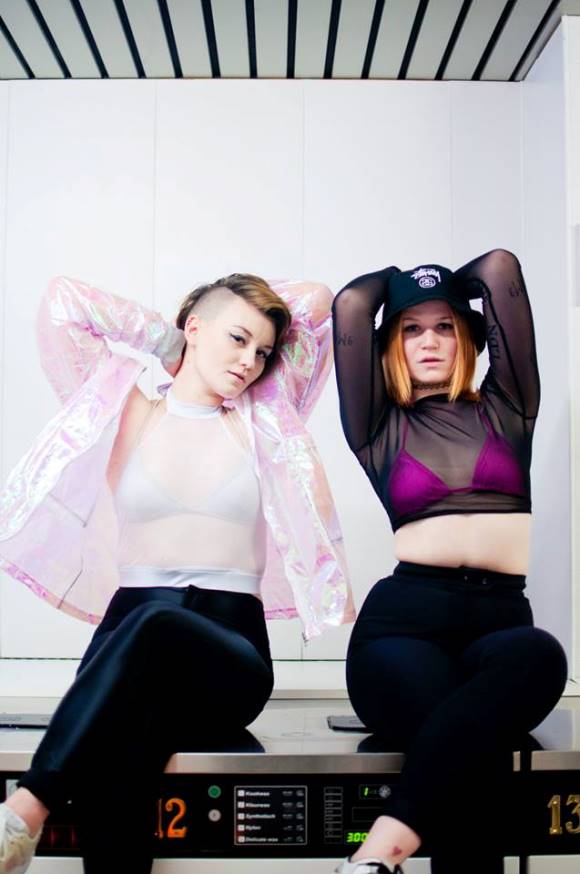“In a [dystopic] world where the human body is constantly threatened and invaded, this medium is often used to curate an entire identity where the human becomes a walking statement and work of art in and of themself.”
Cyberart is a relatively new genre that describes work of art generated with the assistance of computer software and hardware (not to be confused with Internet Art which is art created solely for collaboration with the world wide web as a statement of liberation from the confines of the traditional gallery).
The genre of Cyberart can be thought of today an as term overarching a plethora of subcultures that emerged from the ideology of the sub-genre of 1980s science fiction called Cyberpunk. Cyberpunk has a history that became popular when a number of authors and filmmakers in the West were speculating about the future advancement of technology and its inevitable impact on society. Remember Blade Runner? The Matrix? Described by literary critic Fredric Jameson as the “supreme literary expression if not of postmodernism, then of late capitalism itself,” Cyberpunk is notably a tribute to the diminishing power of the government and the rising domination of corporations and their use of technology as a means to attain the center of power in all facets of the human existence. Eventually the themes explored in the films and novels of Cyberpunk spread to other art forms such as music and fashion and became commonly featured in anime and manga throughout the 90s.
Side Note: Japanese Cyberpunk also began in the 80s, but differs in its representation as it often features the protagonist going through monstrous, incomprehensible metamorphoses in an industrial setting. “Many of these films have scenes that fall into the experimental film genre; they often involve purely abstract or visual sequences that may or may not relate to the characters and plot. Recurring themes include: mutation, technology, dehumanization, repression and sexual deviance.” [via Midnight Eye] The genre is primarily defined by the movie Tetsuo: The Iron Man.
In the 21st century we do not have to speculate how technology will impact our lives — we live that reality daily, and we know it will continue to grow until all forms of manual labor are considered archaic. As we moved into the 00s Cyberart took a turn toward a nostalgia for 90s internet culture when us kids were just embarking on the large unknown of the internet, AOL chat rooms, and Ask Jeeves. 20-something Cyberartists of today have much in common with 80s Cyberpunk authors and filmmakers as they both function within an ideology that is founded upon the use of mockery, exaggeration, and the absurd.
In a [dystopic] world where the human body is constantly threatened and invaded, this medium is often used to curate an entire identity where the human becomes a walking statement and work of art in and of themself.
For your enjoyment below are some examples of imagery and music pertaining to the various subcultures of this movement. You will notice that subgenres will often cross pollinate and utilize multiple hashtags in their chosen social media platforms — there is no template for how to participate in the dialogue.
**Please note**
— Debates often surround the exact sound of a subgenre, please do some further research there if you’re interested.
— This is not a definitive final list and I narrowed in to focus in on those who heavily utilize the internet and social media as their medium. There are way more subgenres that emerged from Cyberpunk such as Steampunk, Biopunk, Dieselpunk, and Nanopunk. However, if you think I missed one that is crucial to this article and would like to see it in this list please feel free to email me at [email protected].
#Cyberpunk
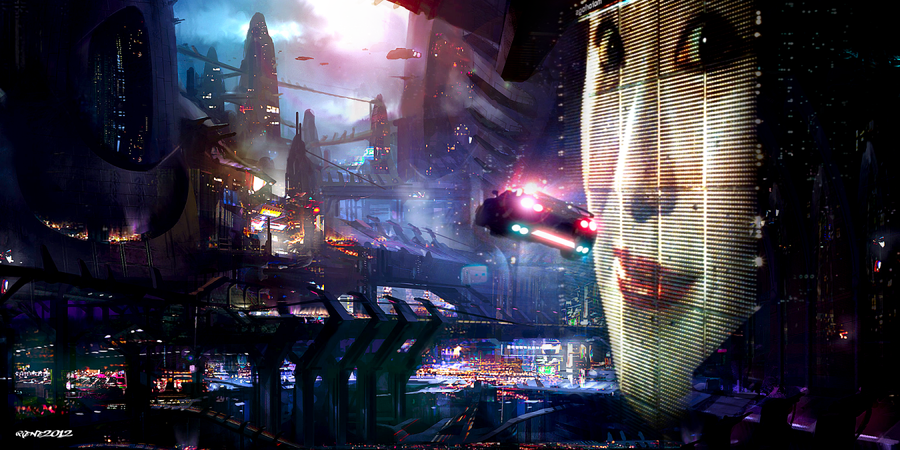
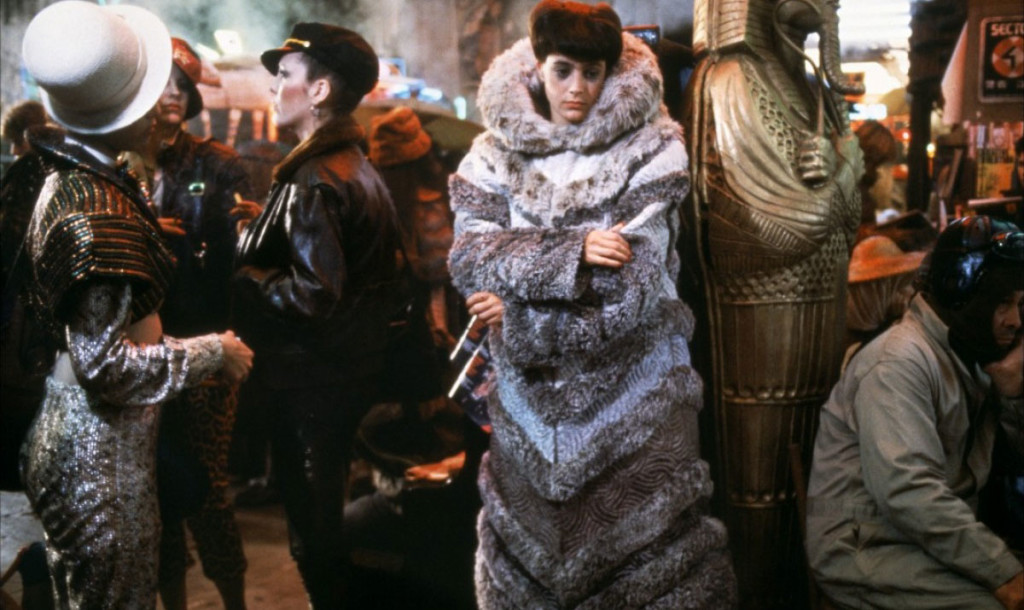
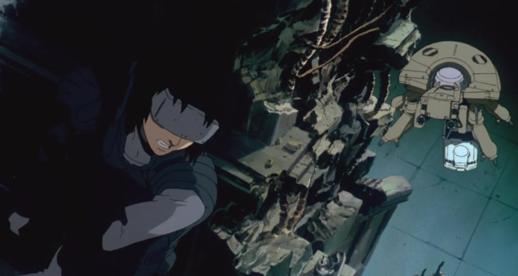
#Cybergoth
Fashion-wise Cybergoths are heavily influenced by Cyberpunks, but unlike a traditional ‘goths,’ Cybergoths listen to electronic music known as Noise. An obsessive raver with a fascination of glowing objects, they tend to wear a lot of UV reactive clothing and hairstyles are generally pretty extreme with bright colour dreadlocks and mohawks being the most common. They often wear cybergoggles on forehead, multiple accessories, and huge platform boots.
“While the term ‘Cybergoth’ was coined in 1988 in the United Kingdom, by Games Workshop, for their roleplaying game Dark Future, the fashion style did not emerge until a decade later. Valerie Steele quotes Julia Borden, who defines cybergoth as combining elements of industrial aesthetics with a style associated with “Gravers” (Gothic ravers).” [via Streettech.com & Yale University Press]
#Seapunk
Seapunk started in 2011 as a trend and meme on Tumblr and was later described as a microtrend in fashion and music. The term “seapunk” was invented by DJ @lilinternet who wrote the first reference on Twitter.
Predominant in 2012, the New York Times described it as “sprouting from the digital petri dish of social networking, seapunk is a whimsical style that mashes together cartoonish aquatic themes, rave culture and a nostalgia for ’90s Internet imagery. The iconography, which exists almost entirely online, includes clip art of dolphins jumping through pyramids, aquamarine-haired mermaids with SpongeBob T-shirts, and psychedelic orbs flying over computer-generated waves.
Like LOLcats and pedobear, it is an inside Web joke that feeds off its own ridiculousness.”
Notable mainstream participants in the trend have been Yung Lean, Grimes, Azealia Banks, and Rihanna.
Check out Vice’s thorough rundown on the origins here.
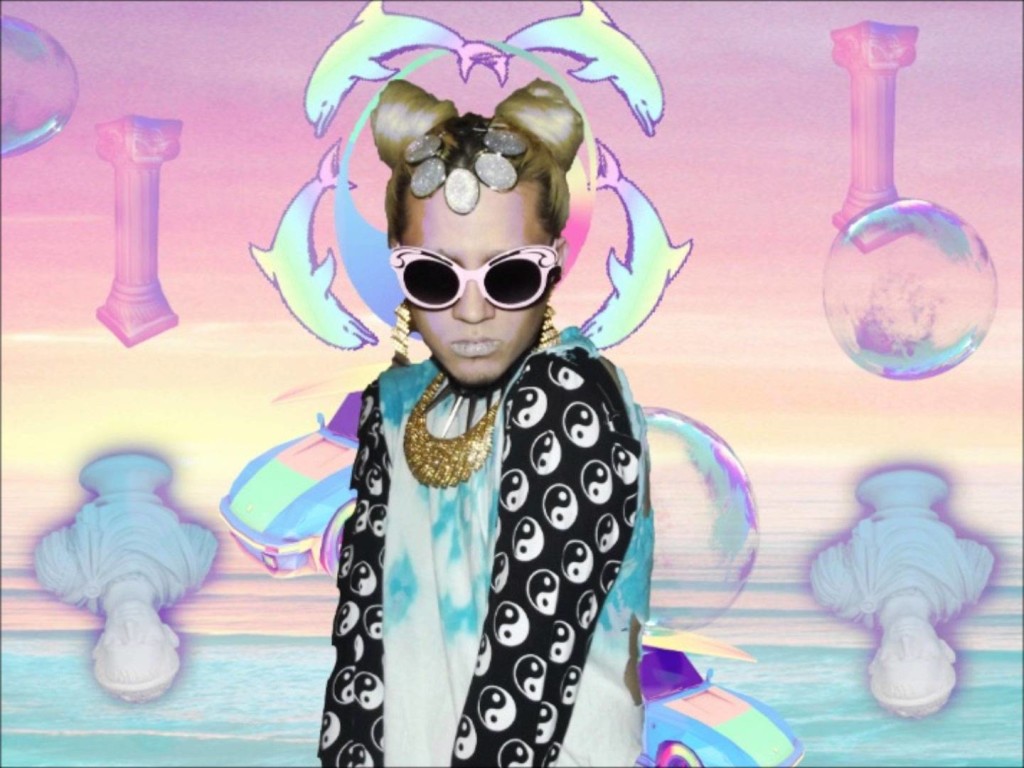
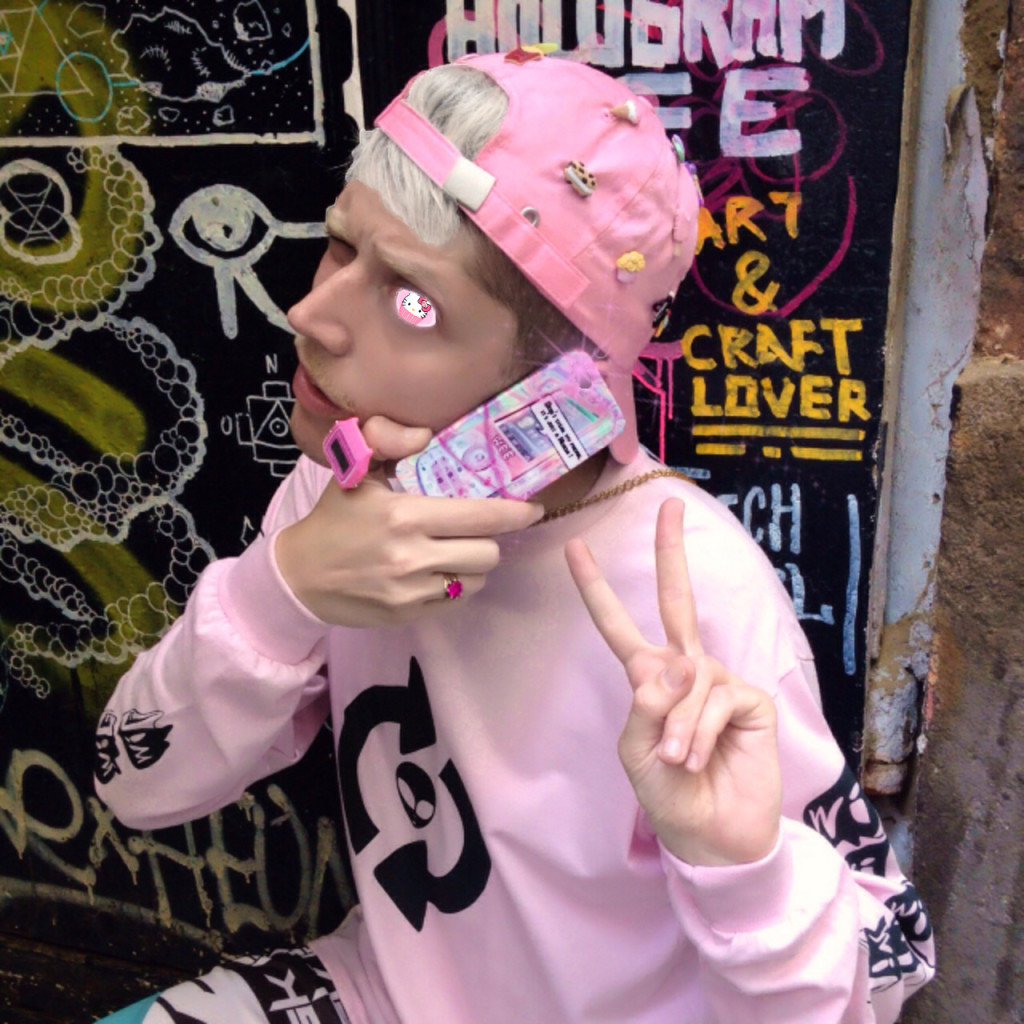
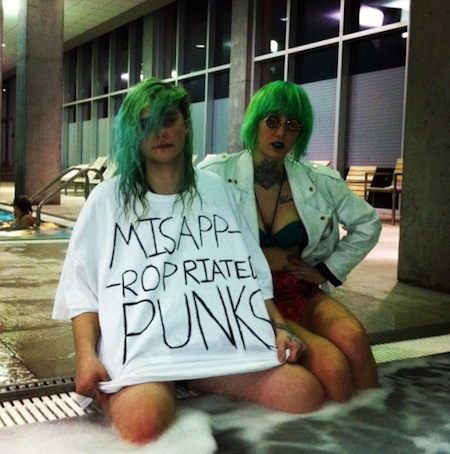
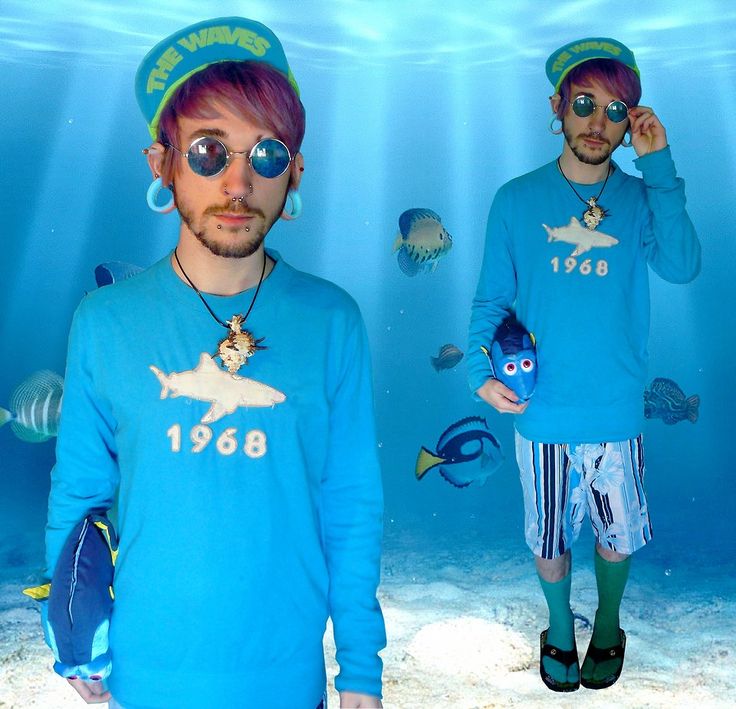
#Slimepunk
Slimepunk began on Facebook as a trolling game to see who could come out as the Master Chief Slime Lord with the most ironic slime posts. Trends were set with ‘likes’, which helped to mold Slimepunk into what it is now.
“In Slimepunk, the cerulean seascapes, massive conch shells, and endless dolphins of Seapunk are instead replaced with neon green toxic waste, dripping ooze, and Ninja Turtles. If Ecco the Dolphin is the figurehead of Seapunk, then the figurehead of Slimepunk is probably Grimer, Mountain Dew, or Slime Time Live…Some online commentators theorize that Slimepunk is a reaction to the pollution of the environment and poisonous media trends prevalent in the world today.” – Audimus Obscura
Notable style references: SLIME, sci-fi hentai, space goo, alien autopsies, future gunk, nuclear fallout, industrial waste, Internet sludge, Mountain Dew, Gerlan, ‘90s gameshow gunge, mutations, Goosebumps.
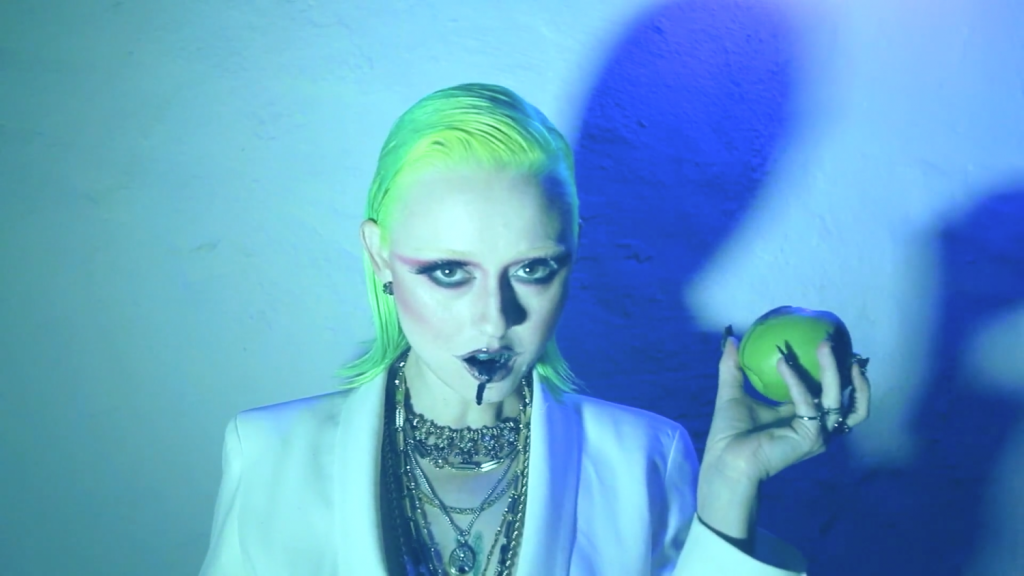
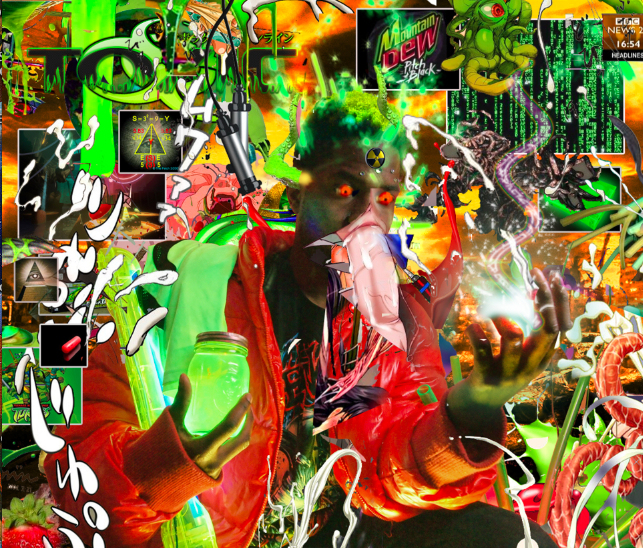

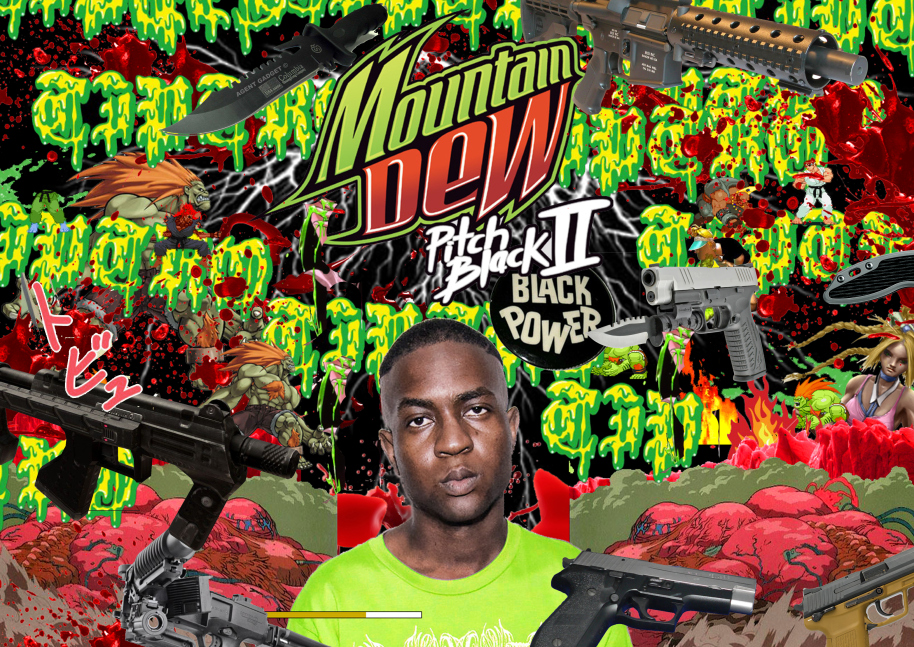
#Icepunk
Icepunk has been described as “Steampunk in an iceage.” Word on the internet is that the rapper Drrty Pharms (who we have interviewed before) originated the term. In an interview for the blog of the clothing label Mishka NYC back in 2013, he comments:
“Icepunk, like seapunk, is more of a meme than it is a genre. I released the first ever icepunk song in October of 2011, entitled ◮◮◮Ice◮Queen◮◮◮. I wanted to mimic the numb, uncomfortable feeling of being cold….After the creation of seapunk, [Facebook groups] were flooded with posts proclaiming the death of witch house, posts antagonizing the seapunks and people claiming to have created the next meme genre. Most of the members of these groups felt excluded by seapunk, as best expressed by that image macro of a dolphin with the caption “you can’t sit with us”. I took it upon myself to become the messiah for those left behind by seapunk, creating my own Facebook group called i¢spunk, which featured a lengthy, ‘troll-statement’ explaining how icepunk was going to be the next big thing…” [Full interview here]
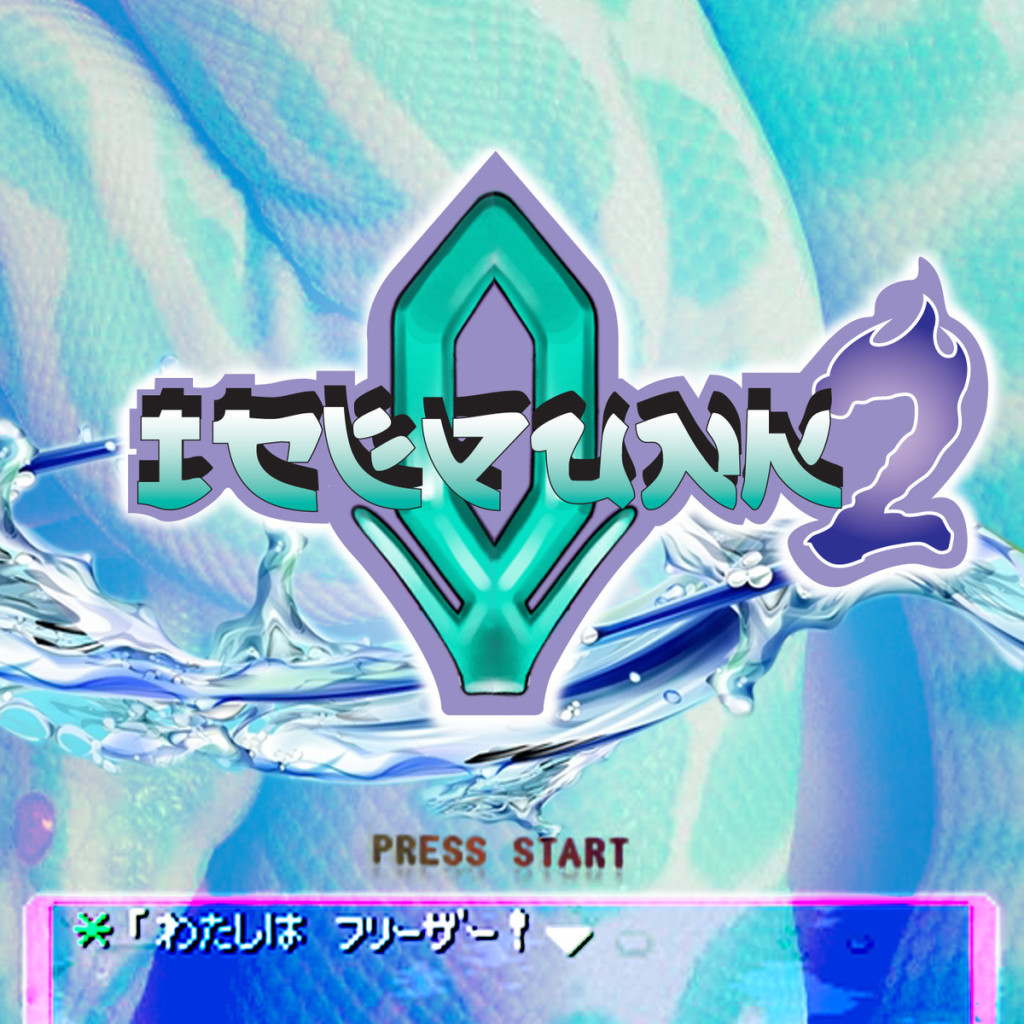
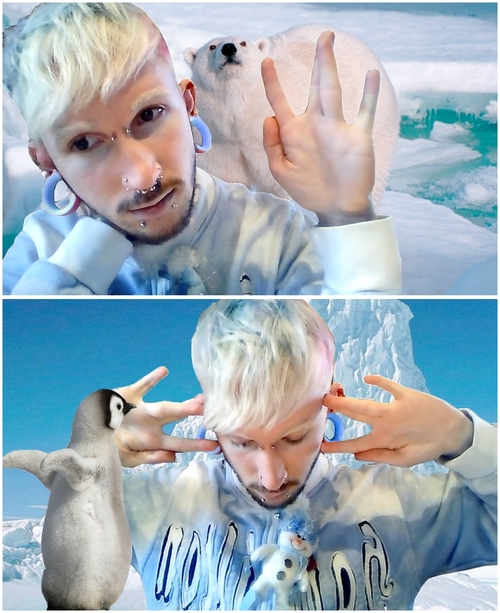
#Webpunk
I found a slideshow presentation given at Webinale in 2010 Berlin focused on how Webpunk will democratize web concepts and service production in the same way social media has done for content. In this aspect the perspective held by this particular subculture is that you can and should have control over the way in which information is presented to you. It is also a desire for the freedom to be creative online. In fact, there is even a website for a creative agency called web.punks. Real or a gimmick? We’ll never know (if you do let us know!). Screen shot from the slideshow below:
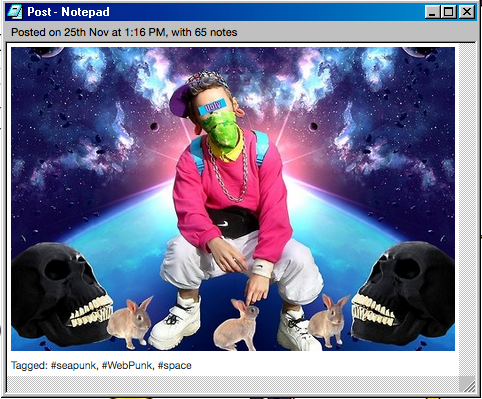
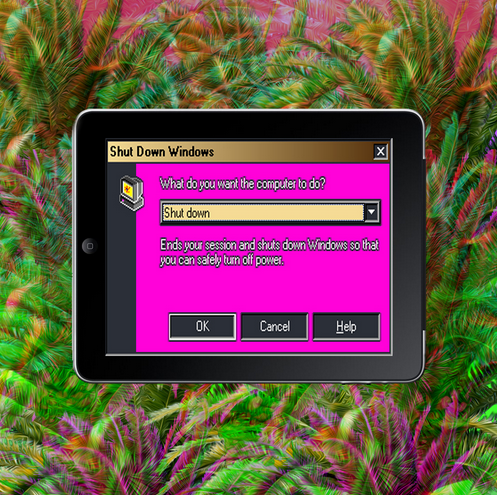
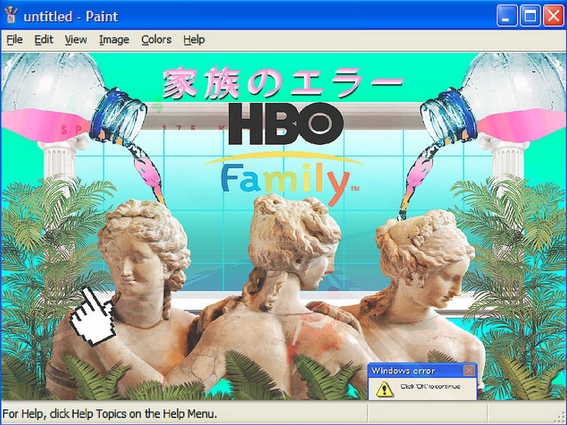
#Cyberghetto
Created by Ruth Laveau with the launch of her influential blog, Cyber ghetto “fuses elements of seapunk, kawaii, grunge, and late 90s early 00s urban fashion, oldskool as well as late hip-hop and electronic music. As Ruth explains: ‘I took different aspects from different styles I’ve put them together and that makes cyber ghetto. You’re not necessarily cyber ghetto if you wear a tattoo choker. Sometimes I reblog harajuku or Japanese fashion and Japanese fashion isn’t cyber ghetto even tho they wear platforms.'” [via generationbass.com]
“The style promotes self love, originality, and leaves space to think out of the box (ie: aliens, colored hair, new fashion, etc” – Ruth

